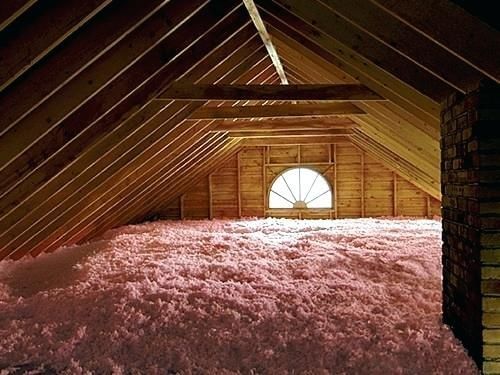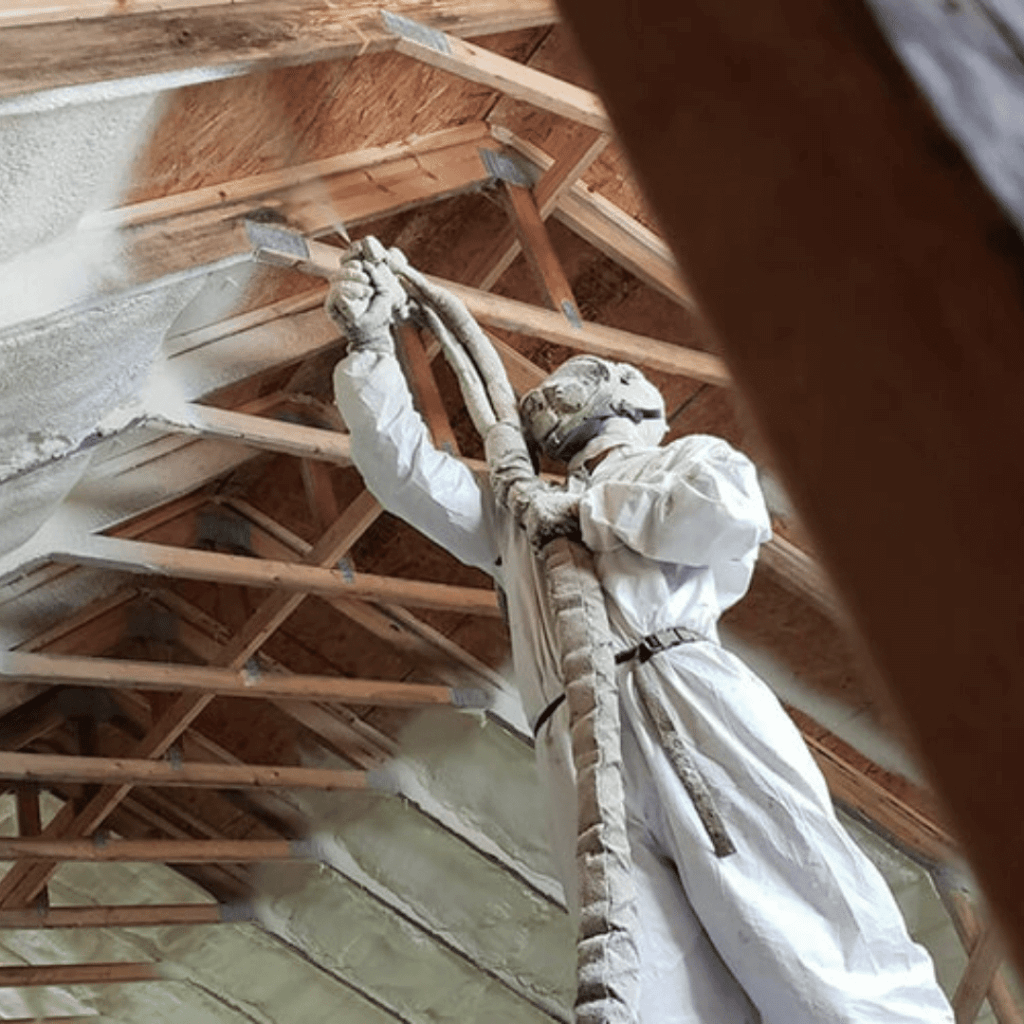Attic Insulation DFW: Increase Your Home's Worth and Performance
Attic Insulation DFW: Increase Your Home's Worth and Performance
Blog Article
Discover the Different Kinds Of Attic Insulation and Their Unique Benefits for Your Home's Energy Effectiveness

Fiberglass Insulation
Fiberglass insulation is among the most typically utilized products for attic insulation as a result of its exceptional thermal performance and cost-effectiveness. Made up of tiny glass fibers, this material effectively traps air, developing a shielding barrier that aids keep consistent indoor temperatures. Its high R-value per inch makes it specifically efficient at resisting warmth transfer, which is important for energy conservation in homes.
Setup of fiberglass insulation is relatively simple, usually available in batts or loose-fill kinds, accommodating different attic setups. In addition, it is non-combustible and resistant to wetness, reducing the threat of mold and mildew advancement. This toughness adds to its longevity, making fiberglass a practical long-lasting financial investment for property owners.
Additionally, fiberglass insulation is commonly manufactured from recycled materials, which enhances its eco-friendliness. The product can likewise contribute to soundproofing, minimizing noise transfer in between rooms. While it is necessary to wear protective equipment throughout installment to avoid inflammation from the fibers, the general advantages of fiberglass insulation, consisting of energy financial savings and environmental factors to consider, make it a preferred choice for enhancing attic room performance and promoting a comfy living environment.
Spray Foam Insulation
Spray foam insulation is an extremely effective option for attic room insulation, recognized for its premium air sealing and thermal efficiency. This cutting-edge insulation product is composed of a combination of isocyanate and polyol material, which, when integrated, expands quickly to fill up spaces and dental caries in the attic room room. Its capability to follow various surface areas makes certain a continual barrier against air leakages, significantly reducing heat loss during cooler months and warmth gain during warmer periods.
One of the crucial benefits of spray foam insulation is its high R-value per inch, which means it provides superb thermal resistance in a reasonably slim application. This is especially useful in attic rooms where area is usually restricted. In addition, spray foam can aid lessen moisture build-up, lowering the risk of mold and mildew and mildew development, which can be destructive to both the structure and indoor air quality.
While the preliminary cost of spray foam insulation may be more than conventional choices, its long-lasting energy savings, combined with enhanced comfort and enhanced home value, make it a worthwhile investment for property owners looking for improved energy performance. Attic Insulation DFW. On the whole, spray foam insulation stands apart as a reliable remedy for optimizing attic insulation
Cellulose Insulation

Cellulose insulation is a popular selection for attic insulation, mainly made up of recycled paper products treated with fire resistants. This ecologically friendly alternative is understood for its excellent thermal efficiency, successfully decreasing warmth transfer in both summertime and cold weather. The dense make-up of cellulose allows it to load gaps and voids in attic room spaces, giving a seamless barrier versus air leakages.
One of the substantial benefits of cellulose insulation is its ability to withstand mold and mildew and pests, owing to the fire resistant treatments utilized throughout manufacturing. In addition, it flaunts a high R-value per inch, which converts into remarkable power efficiency. visit the site House owners can expect lower cooling and heating prices as a result of improved insulation.
Setup is typically achieved with blowing loosened cellulose right into the desired area, permitting a fast and effective procedure. This technique also decreases disruption to the existing structure. Cellulose insulation has a relatively reduced environmental impact, as its manufacturing process utilizes recycled materials, adding to lasting structure methods.
Rock Wool Insulation
Amongst the different choices for attic insulation, rock woollen, also known as mineral wool, attracts attention because of its excellent thermal and acoustic performance. Made from recycled or all-natural materials, rock woollen is developed by thawing rock and rotating it right into fibers, resulting in an item that uses exceptional insulation residential properties.
Among the significant advantages of rock woollen insulation is its high R-value, which indicates its efficiency in resisting warm flow. This characteristic not only enhances power performance yet likewise adds to preserving a comfortable indoor temperature level year-round. In addition, rock wool is inherently fire-resistant, making it a safer choice for homes as it can withstand high temperatures without melting or launching toxic fumes.
Additionally, rock wool insulation masters soundproofing capacities, successfully lowering sound transmission between spaces and from outside sources. This makes it an optimal selection for home owners looking for a serene living setting. article source In addition, rock wool is moisture-resistant, assisting to avoid mold growth and maintaining the architectural integrity of the attic space. Generally, rock wool insulation gives a comprehensive option for improving power effectiveness, security, and convenience in domestic settings.
Radiant Obstacle Insulation
Glowing obstacle insulation acts as an effective solution for minimizing heat transfer in attics, specifically in warmer climates. This kind of insulation jobs by reflecting glowing warmth far from living rooms, consequently reducing the amount of warmth that gets in a home throughout hot weather condition - Attic Insulation DFW. Normally made up of an extremely reflective material, such as light weight aluminum foil, radiant barriers are set up in attics, facing the roofing system, where they can intercept incoming warm from the sun
The primary benefit of glowing barrier insulation is its ability to lower air conditioning prices. By showing heat instead than absorbing it, glowing barriers can aid preserve a much more secure interior temperature, reducing the workload on cooling systems. This performance equates into reduced energy costs and enhanced comfort for property owners.
Along with power cost savings, radiant barriers can also add to boosted indoor air top quality. By reducing warm accumulation, they assist lessen humidity degrees, which can protect against mold and mildew growth and boost overall air flow. When mounted appropriately, glowing barrier insulation can be a very useful addition to any kind of energy-efficient home, making it a worthy factor to consider for homeowners looking to improve their attic room insulation approach.
Final Thought
In final thought, recognizing the numerous website link kinds of attic room insulation-- fiberglass, spray foam, cellulose, rock wool, and radiant barriers-- enables house owners to make educated choices regarding power effectiveness. By selecting the ideal insulation product, substantial reductions in power prices can be achieved, along with improvements in indoor comfort.

In conclusion, recognizing the different types of attic insulation-- fiberglass, spray foam, cellulose, rock wool, and glowing barriers-- makes it possible for homeowners to make informed choices relating to power efficiency.
Report this page